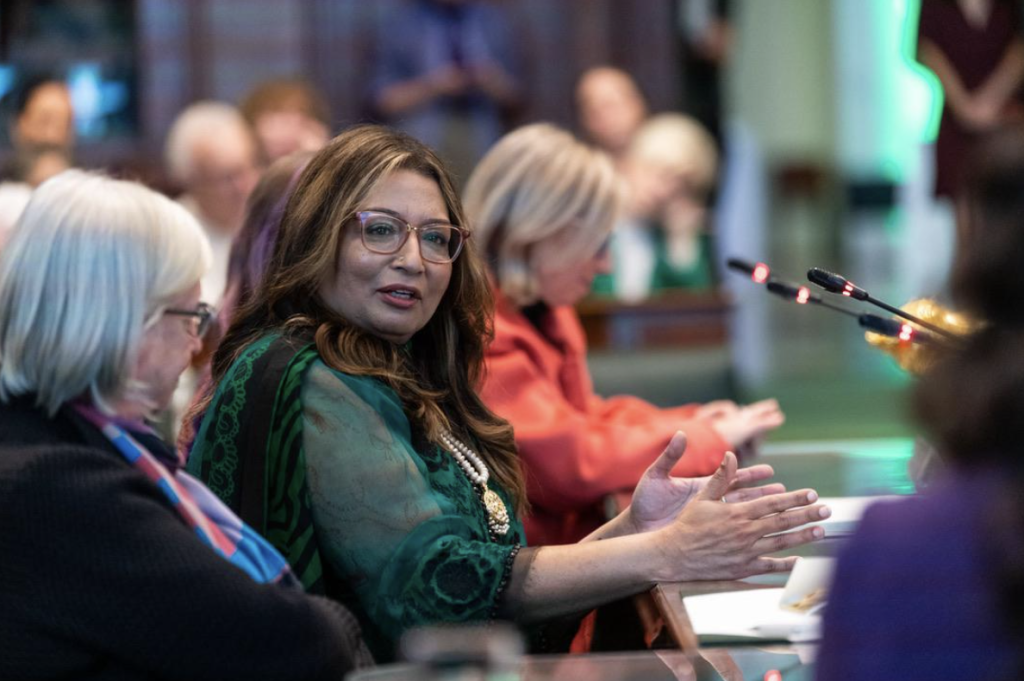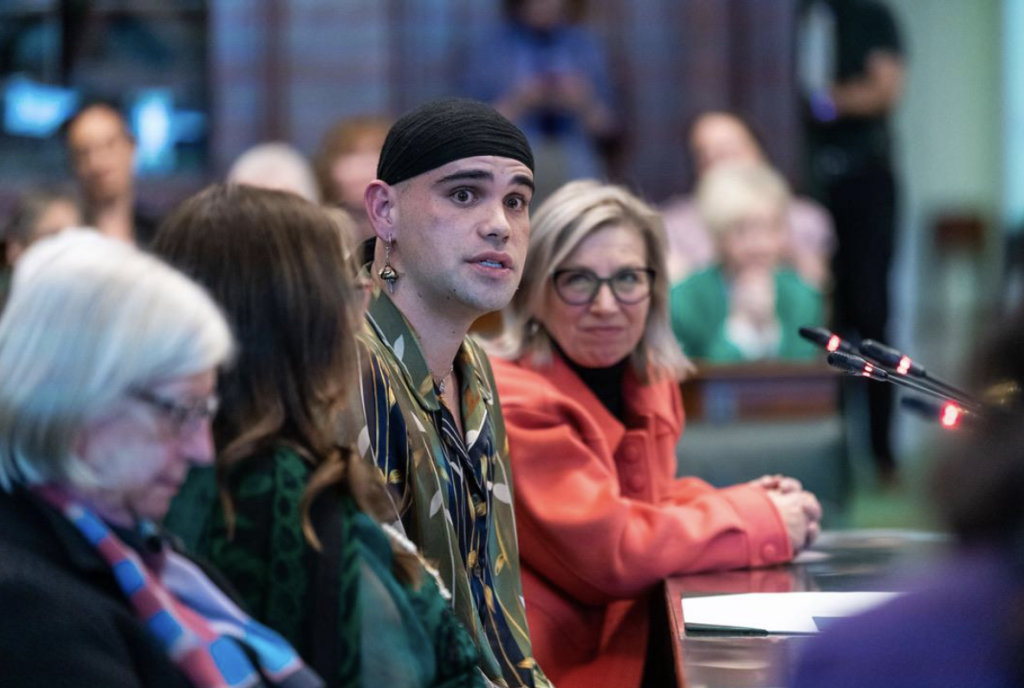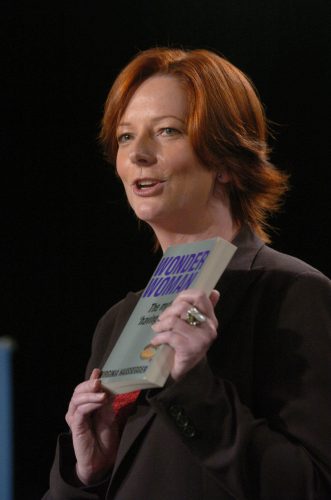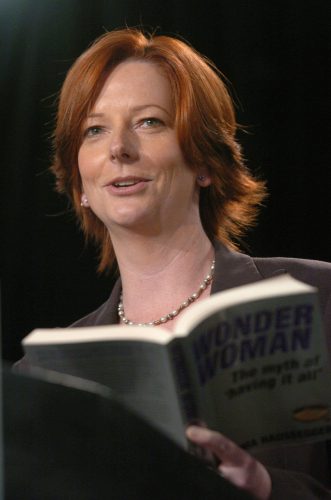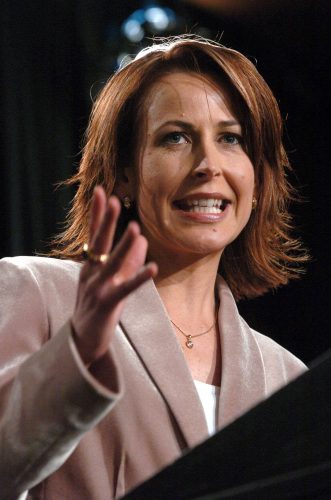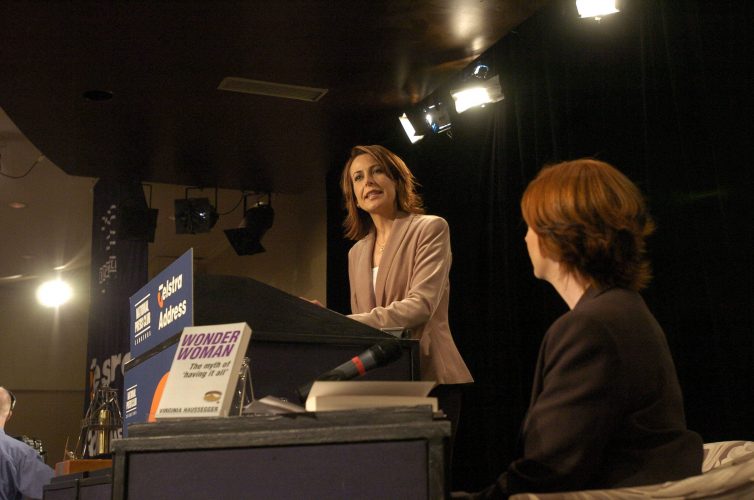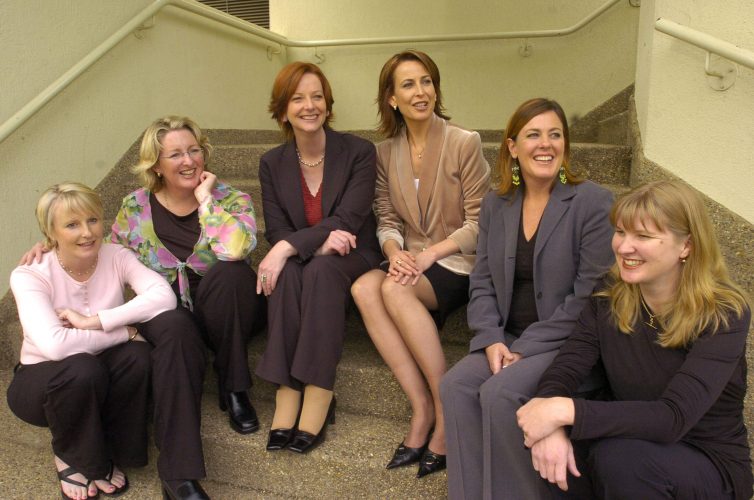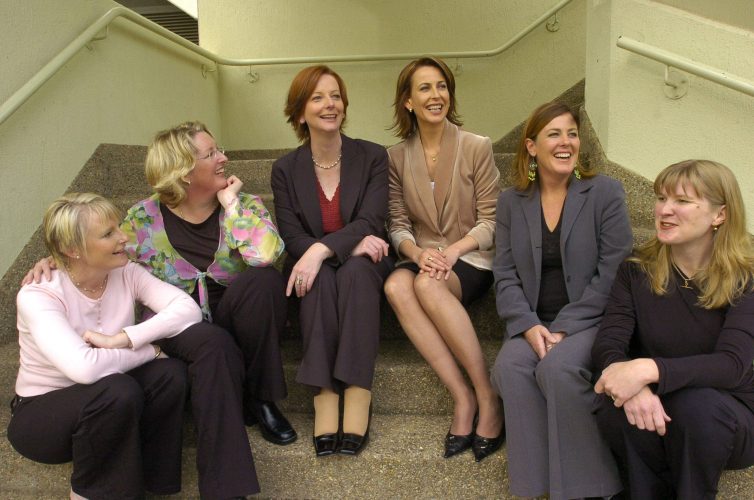On 21 June, 2022, Dame Quentin Bryce launched the Australian Women Changemakers exhibition, at the Museum of Australian Democracy (MoAD), Old Parliament House, Canberra. Since the exhibition opened I’ve often been asked, as Guest Curator, why I chose to highlight the women featured in Changemakers and why this exhibition is so important right now. In this blog I discuss how the changemakers were chosen.
Naturally I was delighted to be invited to be Guest Curator of the Australian Women Changemakers exhibition. What an incredible honour! This meant working with the then Director of MoAD, Daryl Karp AM, whose vision and impact on public discourse around Australian democracy has left a powerful legacy. I’ve known Daryl for some time and absolutely love the rich discussions we always seem to plunge into about the state of democratic participation in our nation and the role and responsibility of citizens in nurturing and shaping our democratic future.
Taking on this role also meant teaming up with the wonderful Nanette Lochart-Fletcher, Head of Exhibitions and Engagement at MoAD, and working directly with one of the nation’s most outstanding curators, Jennifer Forrest. Jennifer’s patience and guidance was invaluable to me as I worked my way through endless lists of women I wanted to celebrate. At some point I had to draw a line in the sand and finalise a short list which, frankly, was one of the hardest things I’ve ever done. To get there I also leaned on that fabulous feminist historian, Professor Marilyn Lake, who is a consultant to MoAD.
But, despite having a great team on hand, I don’t think a day went past in which I didn’t indulge in a little panic about my choice of Changemakers. I spent countless weeks, indeed months agonising over who I should include and why.
Foremost in my mind throughout the curating process was a need to connect the dots between women’s activism since the rise of second wave feminism to right now. I wanted to make sure the women whose lives and work I was highlighting helped illuminate how their changemaking actions and efforts have had ripple on effects for the next generation that followed and the next, and will continue to for generations to come.
Understanding what I call ‘the echo of history in her voice’ became a mantra for me during my research and thinking around this exhibition.
I believe it is critically important for young women and men to understand how their own passionate advocacy and activism today to dismantle gender inequality; social and cultural discrimination; political inaction around climate change; an epidemic of violence and pervasive rape culture; and myriad other inequities, are in fact part of a long and fierce continuum in Australia.
Once we understand that we are in fact standing on the shoulders of those who have come before us, we are not only strengthened by that spirt, but emboldened by it. It is such a powerful moment when you realise at a deep, fundamental level, that you are not alone in your battle for a fairer, kinder, egalitarian world.
